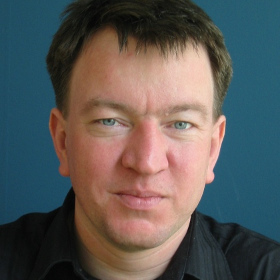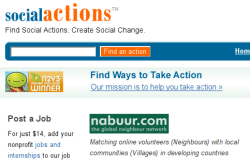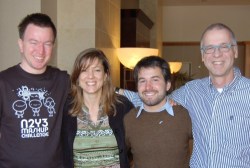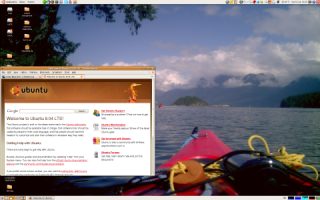A framework for “online social network models”
Aldo de Moor and I are rapidly approaching the end of our mid-week work retreat. The fresh sea breeze and the occasional glass of wine have helped us divide our attention between Real Work, and Serious Study. It resulted in an emerging framework or meta-model, with a few purposes:
- Advance our earlier modelling work with new insights, and assess where we think things are by now.
- Enable us to combine our years of experience in talking about various parts of the puzzle in a common structure.
- Provide an overarching framework to look at the various models we have come to use or see over time.
It’s very much still a work in progress, but while twittering about our progress, I got into a conversation (via Facebook) with John Bywater of the Appropriate Software Foundation, which helped me clarify a bit of my thinking. I met John just over five years ago at Summer Source, where he introduced me to the concept of pattern languages. At that time, it was still too abstract for me to apply in my actual work, but over the years, patterns have become more common-place, for instance in PHP programming and in wikis.
Why a framework?
Over the years, I’ve been involved in several projects that crudely could be characterised as: a non-profit or governmental organisation takes the lead, and wants to embrace the internet in their attempt to increase effective collaboration and learning of people and organisations they work with. A few typical examples:
- A development organisation wants to improve learning and knowledge management among their international offices, local staff, beneficiaries, and relevant experts.
- A policy organisation wants to draw upon a multitude of opinions and experiences, to draft a policy proposal to be submitted to decision-making processes.
- An advocacy organisation wants to coordinate their activities across a global network of grassroots, autonomous member organisations.
- A campaigning organisation wants to enable their constituency to self-organise activities that create both local change and global impact.
The starting point can be a very detailed question, like “how can we use web 2.0”, “what platform should we use”, “how can we write a document together”, “how can we manage our projects”, or “how do we set up a knowledge management strategy”. There usually is a deeper question behind this, and I usually find myself approaching a project from three perspectives:
- “Purpose”: what is the vision and mission of the organisation, how are they partnering with other organisations, and who are the people they try to involve?
- “Process”: how do people work together, what policies and strategies are there, and what communities exist already?
- “Technology”: what platforms can be used, what tools are people using to perform their work, and how does it link with the rest of the internet and ICT in general?
More often than not, there is a gap between the “purpose people”, who think in organisational strategies and communication impacts, and the “technology people”, who manage the tools, both ends often in a more central role. In between are the “process people” who work in the field. The challenge is then to find a way to “make things flow” between all of them.
Putting models together
With my colleagues, I have basically tried to answer the overarching (or underlying) question of how to tie it all together in several of such projects. We often did this by combining a few models we knew with our own thinking, to come up with the next iteration of our own concept. The models I know seem to address only part of the picture I sketched earlier: looking at community building, business planning, monitoring and evaluation, Community of Practice, life-cycle management, strategic networking, user experience design, agile development, and so on. How do they connect, or overlap? And how can they strengthen each other.
What we came up with, is a framework that combines the “purpose, process, technology” dimension with sphere of influence: how much control does the leading organisation have in a specific area of their environment. You completely control your own strategy, you can work in partnerships with others, and you try to offer value to individuals elsewhere.
In a matrix, with some examples of model elements for each part:
| “core” | “periphery” | “world” | |
|---|---|---|---|
| Purpose | Programme
| Partnership
| “Market”
|
“communication”
| |||
| Process | Intervention
| Community
| Network
|
“engagement”
| |||
| Technology | Web platform
| User experience
| Internet
|
This is a first version of our framework, and we’ll try to map the various models we have worked with, or know of, onto this framework, to see if it holds. In different parts of the life cycle (plan, create, maintain, adapt), you’ll need different types of models, and you’ll likely put the emphasis on different parts of the framework.
To be continued…

 I think I first met
I think I first met  It’s the outcome of a meeting Siegfried and I had at NetSquared with Peter,
It’s the outcome of a meeting Siegfried and I had at NetSquared with Peter, 
 A while ago I was asked to help answer an interesting question. Imagine: you want your website (and organisatuon) to become
A while ago I was asked to help answer an interesting question. Imagine: you want your website (and organisatuon) to become  Back from
Back from